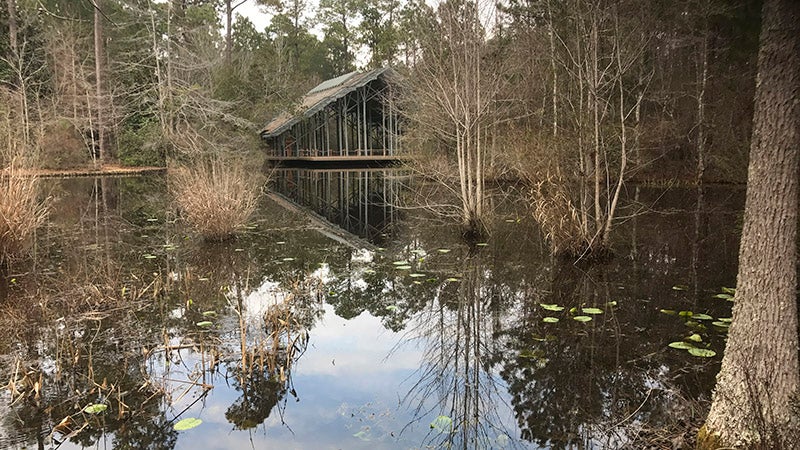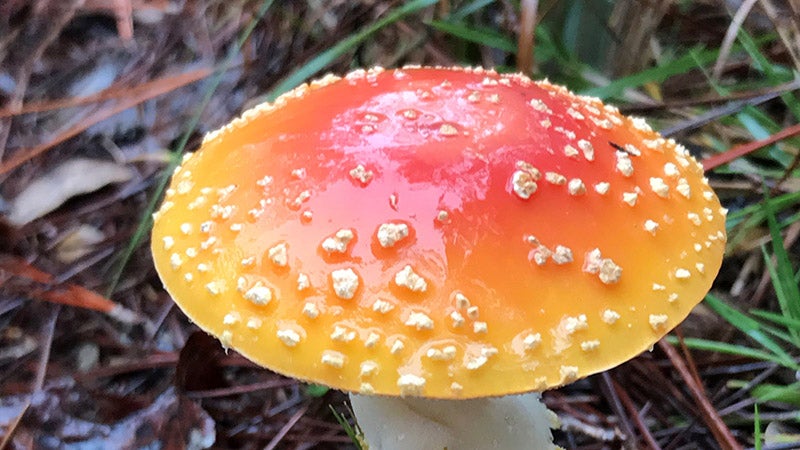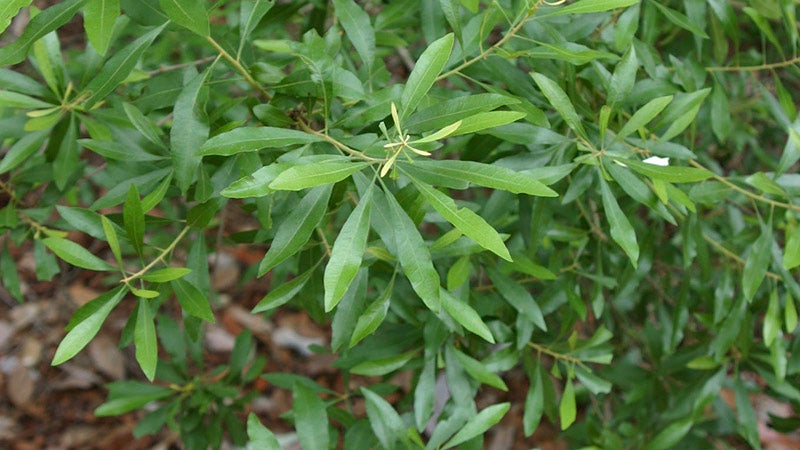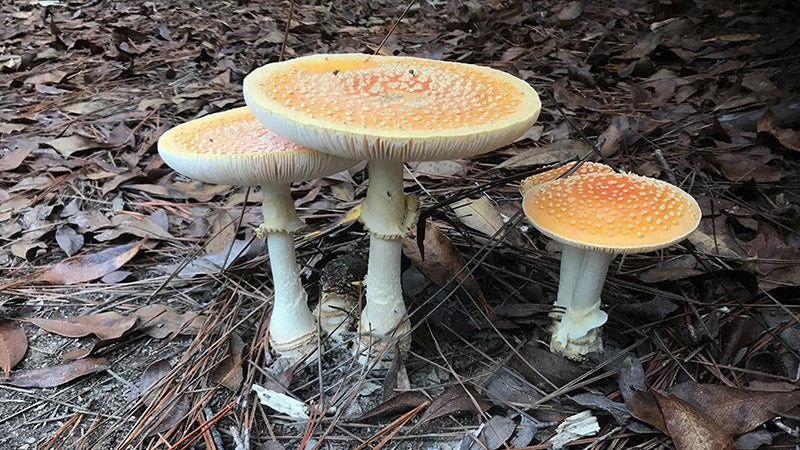Winter discoveries at the Arboretum
Published 7:00 am Wednesday, December 16, 2020
By Pat Drackett
Crosby Arboretum Director
What will you see on a winter walk at the Arboretum? Although the weather can often be chilly, there will also be many warm days that will beckon us to explore outdoors, and we hope you will choose to venture out to our public garden and explore our three miles of trails. The current scenery may certainly be more subdued and less colorful and without the flowering plants seen in the spring, summer and fall, but there is still an incredible amount of beauty within the winter landscape.
For example, the structure of trees is revealed in the wintertime. All of their understated aspects such as buds, bark or thorns on trees such as the parsley hawthorn, mayhaw or southern crabapple will become obvious. You may find yourself noticing for the first time the amazing green color of twigs on trees like sassafras and Elliot’s blueberries, a delicate shrub that grows along our pathways.
Although winter’s rhythms and patterns are subtle, they are still awesome. Seasonal sights come into sharp focus, such as the ephemeral Amanita mushrooms that pop up along the paths. What a surprise! These tiny colorless round nubs unfurl in only a few days to glorious umbrellas in bright hues.
Most Amanita muscari mushrooms seen at the Arboretum are red with white spots, although some are orange or tawny-colored. They thrive in moist areas such as the muddy bottom of the central stream channel in the Swamp Forest Exhibit, or along the paths and drives.
The Arboretum’s Pond Journey trail offers a much different experience than a trek through the Savanna Exhibit or exploring the sunny south Pitcher Plant Bog. Explore the winding trail at the center of the Swamp Forest, and travel along the intermittent stream channel. After a rain, water moves swiftly trough the channel. It is a thrilling experience to see the water tumbling southward, on its way to join the Gulf of Mexico.
Visitors have been commenting on the southern wax myrtles that often grow near our bridges. They are currently loaded with waxy bluish gray berries and are truly a sight to behold. This shrub is so common in the Arboretum’s exhibits that it will never turn heads, except in the winter months. Both the berries and leaves yield a delightful bayberry fragrance, prompting stories from visitors who remember their parents crushing wax myrtle branches to lay under the porch to keep away fleas from their dogs, or rubbing the crushed leaves on their skin to repel mosquitoes.
Southern wax myrtle (Morella cerifera) will grow in both wet and dry conditions, and will tolerate compacted soils, salt spray and flooding. Around 50 species of birds are known to consume the berries, including wild turkey and bobwhite quail. The birds’ digestive systems remove the wax from the fruit, which is necessary for germination.
Young wax myrtle seedlings will appear unexpectedly in many places, and they are easily transplanted. The plant makes an excellent hedge as it can be pruned for dense growth. It also makes a great addition to a wildlife garden, where it is excellent at providing cover for nesting birds.
The Mississippi State University Extension Service offers many informative publications which you may download about Mississippi’s native plant species (as well as many other topics). Visit the website at http://extension.msstate.edu/ and enter “native shrubs” or “native trees” into the main search engine. Enter “Smart Landscapes” to read more about topics covered by this Extension plan of work.
We hope you will venture out soon for a visit to the Arboretum and enjoy an invigorating walk. We are a great place to burn off holiday calories!
Consider giving the gift of an Arboretum membership, which includes membership in the American Horticultural Society’s Reciprocal Membership Program, giving free or reduced admission to over 300 other public gardens. An annual membership is $35 for an individual and $45 for a family membership, with discounts for military, first responders and seniors. Student memberships are only $20.
Want to learn more about “Native Plants for the Holidays”? Attend a fun and educational Smart Landscapes program on Saturday, Dec.19, from 1:00 to 2:00 p.m. Learn about some great native plants with festive greenery you can include in your landscape and bring indoors to decorate your home.
Director Pat Drackett will also provide some examples of holiday projects. The program is free for members and $5 for non-members. Reservations are required. Call 601-799-2311 to sign up. The Crosby Arboretum is located in Picayune, off I-59 Exit 4, at 370 Ridge Road (south of Walmart and adjacent to I-59).








